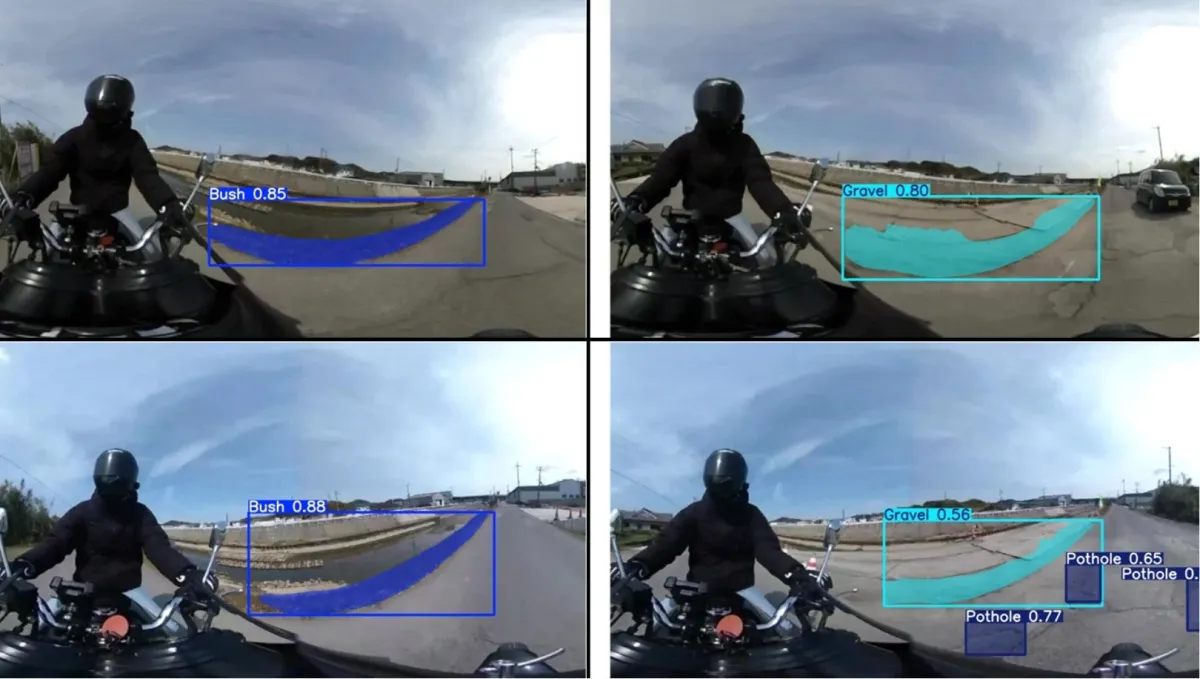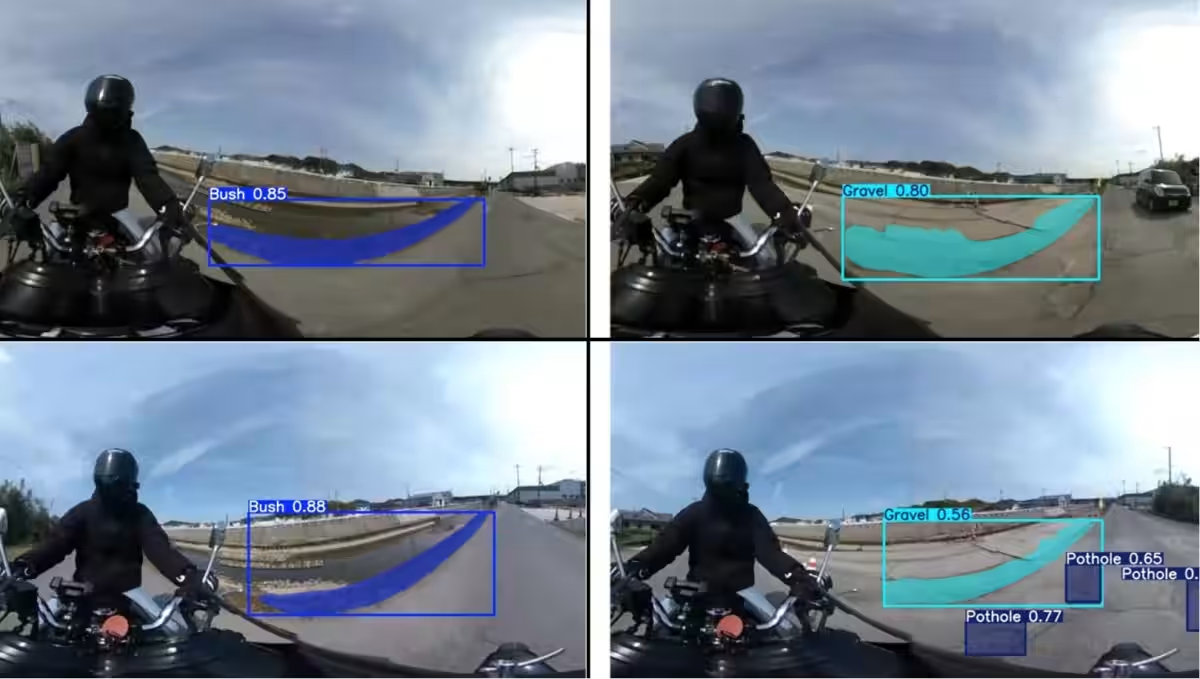

Innovative Methods for Detecting Road Hazards to Reduce Motorcycle Accidents
Innovative Methods for Detecting Road Hazards to Reduce Motorcycle Accidents
A groundbreaking research paper authored by Associate Professor Haruka Inoue and her team at Osaka University has been published in the esteemed international journal, Journal of Digital Life. This study focuses on developing versatile methods for detecting hazardous objects on road surfaces that could lead to motorcycle accidents. Given the higher fatality rates associated with motorcycle accidents compared to cars, this research is particularly timely and significant.
According to data from the Tokyo Metropolitan Police, motorcycle accident fatalities have increased across all age groups in 2023, even as initiatives like motorcycle safety classrooms are being implemented. Notably, single-vehicle accidents accounted for 37.2% of all motorcycle accidents from 2018 to 2022. While advanced driver-assistance systems (ADAS) for motorcycles have been developed, their adoption remains sluggish in comparison to those designed for cars. Similarly, the development of gyro effect devices aimed at preventing motorcycle falls faces challenges in retrofitting and miniaturization.
To address these pressing safety concerns, the research team embarked on a study utilizing deep learning techniques to detect potential hazards that could lead to motorcycle falls, building upon previous research in hazard detection through the use of 360-degree cameras. They specifically examined the application of object detection methods, employing multiple versions of the popular tool YOLO (You Only Look Once) with two different models of 360-degree cameras to evaluate the versatility of their hazard detection methods.
The findings were promising; despite variations in camera types and YOLO versions, the results for hazard detection remained consistently accurate, indicating that the methods could reliably identify dangerous objects on road surfaces. Moving forward, the research team aims to enhance the precision of their detection systems. They plan to include additional data on driver behavior and conditions that contribute to motorcycle accidents, rendering their approach even more comprehensive in combating the increasing trend of motorcycle-related fatalities.
The full paper, which illustrates these innovative methods and their verification across different conditions, is accessible online. It serves as a crucial step towards not only improving motorcycle safety but also fostering further research in this area.
For readers interested in learning more about this significant contribution to motorcycle safety research, the Journal of Digital Life offers additional resources and insights into the broader implications of such studies in advancing urban mobility and public safety.
- ---
For inquiries related to this study, please contact the Journal of Digital Life office at [email protected].
About the Journal of Digital Life
Founded in September 2021, the Journal of Digital Life aims to disseminate research on digital topics globally, fostering the development of industries and services based on interdisciplinary research validated by academic evidence. For more information, visit Journal of Digital Life.

Topics Consumer Technology)










【About Using Articles】
You can freely use the title and article content by linking to the page where the article is posted.
※ Images cannot be used.
【About Links】
Links are free to use.